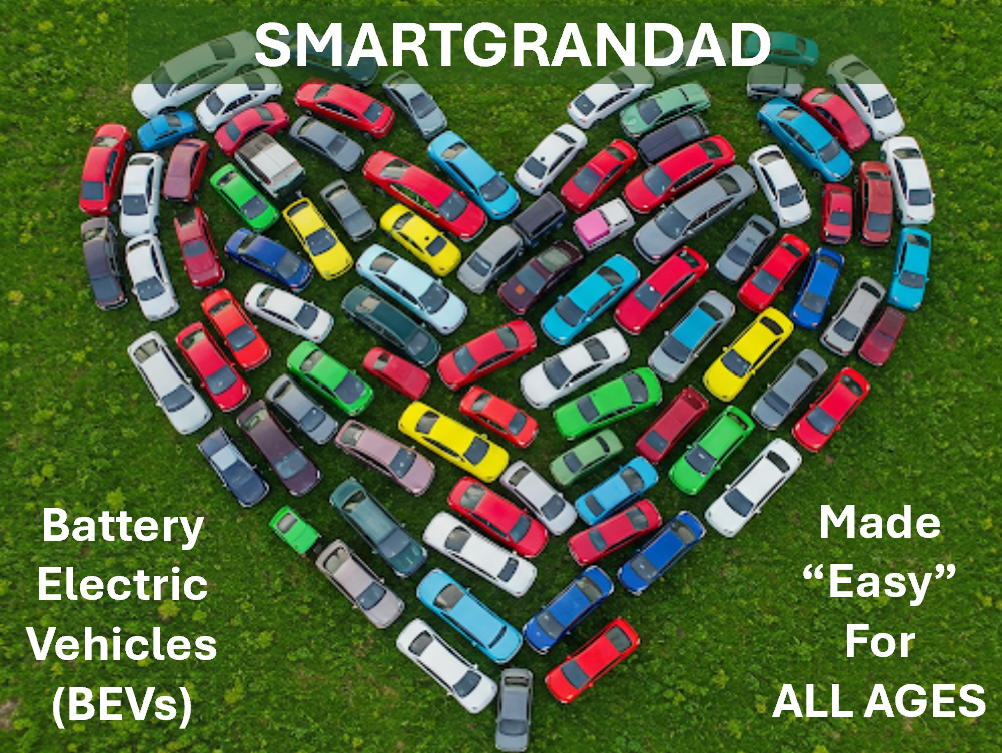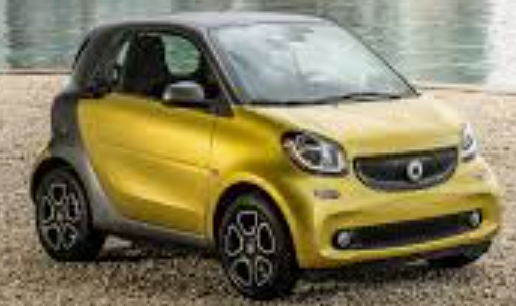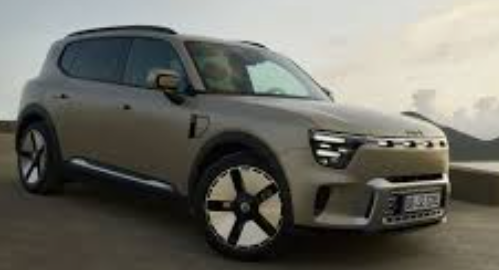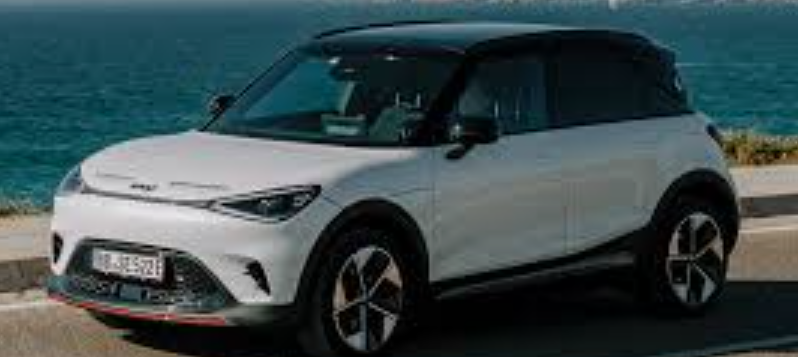Smart #3
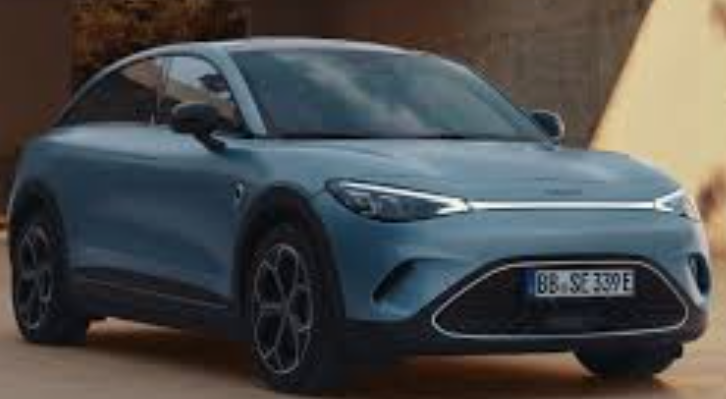
1. Body Style and Size Segment
The Smart #3 is a 5-door compact crossover SUV. Its dimensions are 4,400 mm (length), 1,844 mm (width), and 1,556 mm (height), with a wheelbase of 2,785 mm, offering a sportier, coupe-like silhouette compared to its #1 sibling.
2. Platform Architecture, Voltage, Range & Efficiency
Built on Geely’s Sustainable Experience Architecture (SEA), the #3 features a 400V architecture. It comes with a 66 kWh (62 kWh usable) nickel-cobalt-manganese battery. The WLTP range is up to 455 km (Premium trim), with efficient energy consumption around 16.3 kWh/100km. DC fast charging supports up to 150 kW.
3. Technical Capabilities
The Smart #3 is equipped with a suite of Advanced Driver-Assistance Systems (ADAS), including adaptive cruise control, lane-keeping assist, and automatic emergency braking. Higher trims offer “Smart Pilot Assist” for semi-autonomous driving. It also features a 12.8-inch central touchscreen and a 9.2-inch driver display.
4. Interior Quality and Storage Capacity
The interior showcases a premium feel with high-quality materials and a minimalist design, reminiscent of Mercedes-Benz. Seating is comfortable for four adults. The rear cargo space is 370 liters, expanding to 1160 liters with rear seats folded. There is a small 15-liter front trunk (frunk).
5. App Functionality
The “Hello Smart” app provides comprehensive remote control functionalities, including checking battery status, pre-conditioning the cabin, locking/unlocking doors, and managing charging. It also allows for digital key sharing and finding charging stations.
6. 3 Pros and 3 Cons
Pros:
- Stylish, coupe-like design with a premium interior feel.
- Strong performance, especially the Brabus variant.
- Good balance of size for urban agility and interior space.
Cons:
- Infotainment system can be quirky and distracting.
- Rear cargo space is somewhat limited for its class.
- Some driver assistance features require refinement (e.g., speed limit adjustment).
7. Overall Summary
The 2025 Smart #3 represents Smart’s shift towards a more sophisticated, design-led electric vehicle. It offers a compelling package of style, performance, and advanced tech. Compared to rivals like the Volvo EX30 and Kia Niro EV, the #3 stands out with its distinctive coupe-SUV styling and a more premium cabin experience, though its infotainment might require a learning curve for some users.
Real world range estimates
The table below shows some estimated real-world examples in perfect condition and in conditions needing A/C to heat or cool vehicles. See our range guide to see how the range is affected in real world. )
| Range | Consumption | |
|---|---|---|
| 90kmh/56mph perfect condition | 360 km / 224 mi | 17.2 kWh/100km / 3.6 mi/kWh |
| 90kmh/56mph with 2KW heating | 328 km / 198 mi | 19.4 kWh/100km / 3.2 mi/kWh |
| 120kmh/75mph perfect condition | 262 km / 163 mi | 23.7 kWh/100km / 2.6 mi/kWh |
| 120kmh/75mph with 2KW heating | 245 km / 152 mi | 25.4 kWh/100km / 2.4 mi/kWh |
